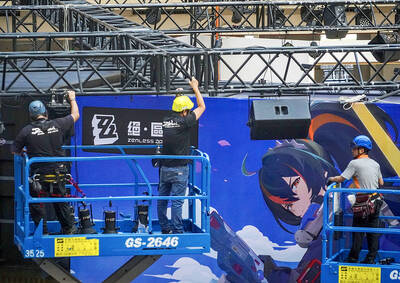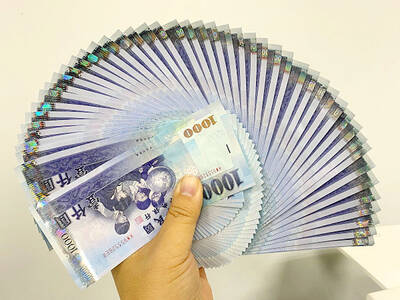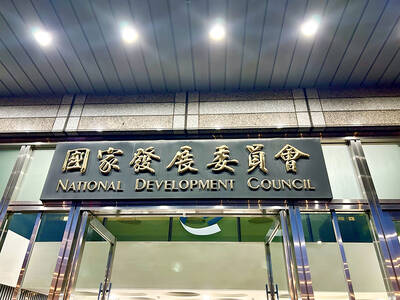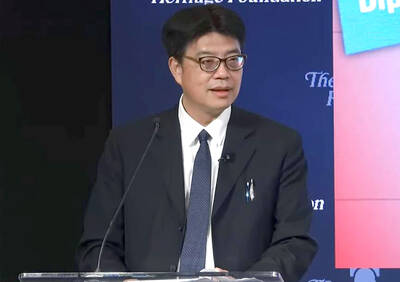North Korea may have enough weapons-grade plutonium to make up to six nuclear bombs, the head of the UN atomic watchdog agency said in another warning about the reclusive regime's secretive nuclear program.
International Atomic Energy Agency (IAEA) chief Mohamed ElBaradei told Cable News Network on Sunday evening that Pyongyang has the nuclear infrastructure to convert the material into atomic weapons.
"We knew they had the plutonium that could be converted into five or six North Korea weapons," ElBaradei told CNN.
Recent satellite imagery suggests North Korea may be preparing to test a weapon underground, and the IAEA has been urging the international community to increase pressure on Pyongyang to refrain from any such test.
IAEA inspectors were expelled from North Korea in 2002, and the agency has stressed that there is no way to know for sure whether the country is close to producing a nuclear weapon or is getting ready to test one.
Agency spokesman Mark Gwozdecky said yesterday that estimates of the amount of nuclear material North Korea holds were based on pre-expulsion inspections of the country's 5-megawatt reactor at Yongbyon.
"When our inspectors were there, they were monitoring the freeze at the Yongbyon facility and in particular the 8,000 spent fuel rods that were stored there," he said. "We can estimate the amount of plutonium they could contain."
ElBaradei described the latest developments as a "cry for help" on Pyongyang's part.
"North Korea, I think, has been seeking a dialogue with the United States, with the rest of the international community ... through their usual policy of nuclear blackmail, nuclear brinkmanship, to force the other parties to engage them," he said.
"We know that they had the industrial infrastructure to weaponize this plutonium. We have read also that they have the delivery system," ElBaradei told CNN. "I do hope that the North Koreans would absolutely reconsider such a reckless, reckless step."
Last month, diplomats told reporters that the US was warning its allies that North Korea may be ready to carry out a nuclear test as early as June, basing the assessment in part on satellite photographs that suggested it was digging an underground test site.
The reported US warnings reflected growing fears in Washington that the North is going ahead with efforts to develop nuclear weapons after South Korean officials said Pyongyang had recently shut down a reactor, possibly to harvest plutonium that could be used in an underground test.
The Yongbyon reactor generated spent fuel rods laced with plutonium, but they must be removed and reprocessed to extract the plutonium for use in an atomic weapon. They can be removed only if the reactor has been shut down.
The US intelligence community believes North Korea has one or more nuclear weapons, and has untested two- and three-stage missiles capable of reaching US soil. But it has been unclear whether Pyongyang has yet developed the technology to miniaturize a nuclear weapon so it fits on a missile.

Taiwan is projected to lose a working-age population of about 6.67 million people in two waves of retirement in the coming years, as the nation confronts accelerating demographic decline and a shortage of younger workers to take their place, the Ministry of the Interior said. Taiwan experienced its largest baby boom between 1958 and 1966, when the population grew by 3.78 million, followed by a second surge of 2.89 million between 1976 and 1982, ministry data showed. In 2023, the first of those baby boom generations — those born in the late 1950s and early 1960s — began to enter retirement, triggering

ECONOMIC BOOST: Should the more than 23 million people eligible for the NT$10,000 handouts spend them the same way as in 2023, GDP could rise 0.5 percent, an official said Universal cash handouts of NT$10,000 (US$330) are to be disbursed late next month at the earliest — including to permanent residents and foreign residents married to Taiwanese — pending legislative approval, the Ministry of Finance said yesterday. The Executive Yuan yesterday approved the Special Act for Strengthening Economic, Social and National Security Resilience in Response to International Circumstances (因應國際情勢強化經濟社會及民生國安韌性特別條例). The NT$550 billion special budget includes NT$236 billion for the cash handouts, plus an additional NT$20 billion set aside as reserve funds, expected to be used to support industries. Handouts might begin one month after the bill is promulgated and would be completed within

The National Development Council (NDC) yesterday unveiled details of new regulations that ease restrictions on foreigners working or living in Taiwan, as part of a bid to attract skilled workers from abroad. The regulations, which could go into effect in the first quarter of next year, stem from amendments to the Act for the Recruitment and Employment of Foreign Professionals (外國專業人才延攬及僱用法) passed by lawmakers on Aug. 29. Students categorized as “overseas compatriots” would be allowed to stay and work in Taiwan in the two years after their graduation without obtaining additional permits, doing away with the evaluation process that is currently required,

IMPORTANT BACKER: China seeks to expel US influence from the Indo-Pacific region and supplant Washington as the global leader, MAC Minister Chiu Chui-cheng said China is preparing for war to seize Taiwan, Mainland Affairs Council (MAC) Minister Chiu Chui-cheng (邱垂正) said in Washington on Friday, warning that Taiwan’s fall would trigger a regional “domino effect” endangering US security. In a speech titled “Maintaining the Peaceful and Stable Status Quo Across the Taiwan Strait is in Line with the Shared Interests of Taiwan and the United States,” Chiu said Taiwan’s strategic importance is “closely tied” to US interests. Geopolitically, Taiwan sits in a “core position” in the first island chain — an arc stretching from Japan, through Taiwan and the Philippines, to Borneo, which is shared by